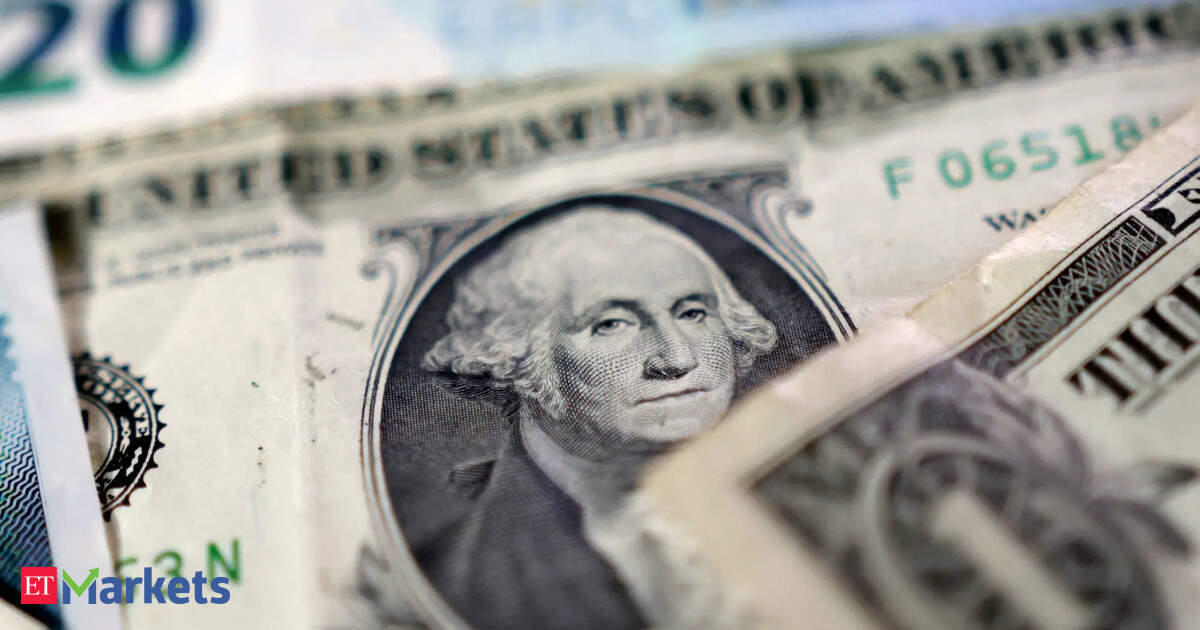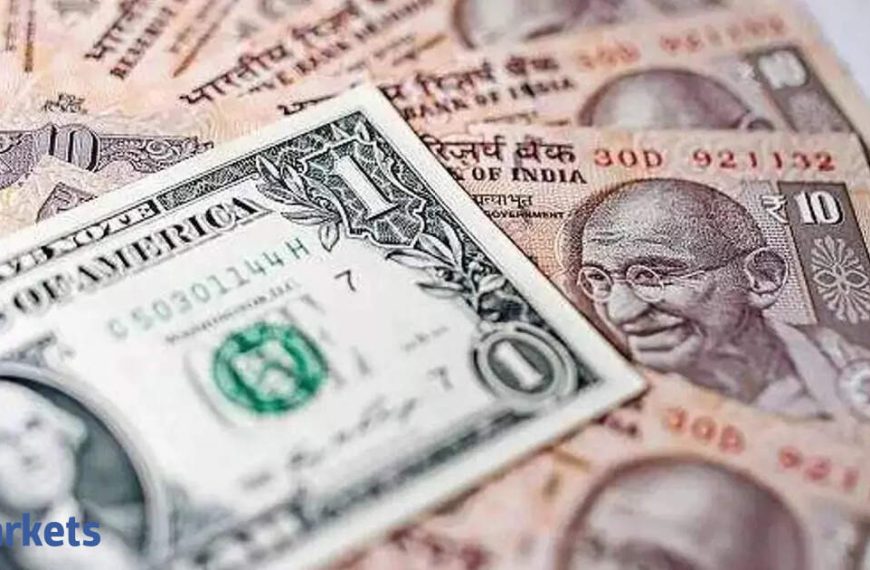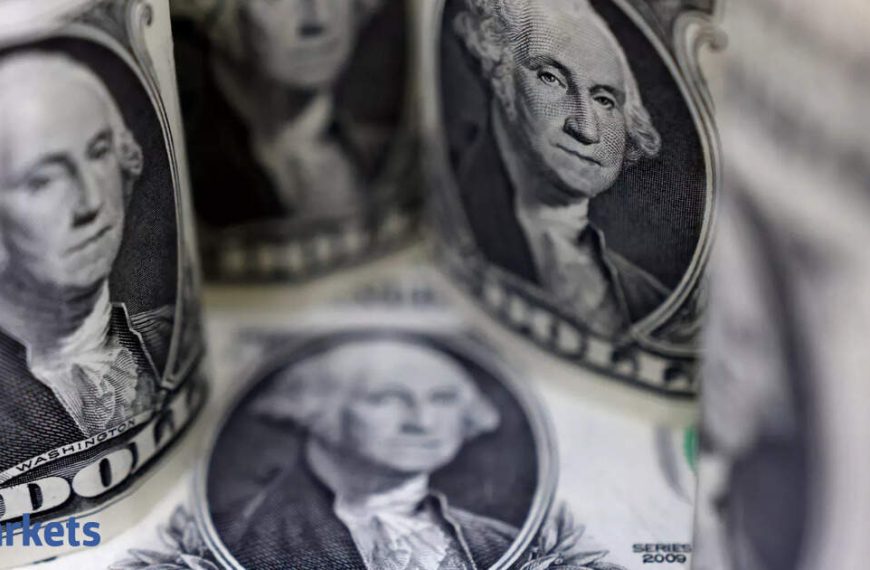On Thursday, the U.S. dollar maintained its position against the euro, showing resilience after a significant increase the day before. This uptick followed a cautionary statement from the Federal Reserve, highlighting potential economic challenges related to rising inflation and unemployment rates.
Steady Performance Amid Economic Concerns
The dollar traded stable at $1.1313 per euro, having gained 0.56% on Wednesday, effectively snapping a losing streak that lasted three days. Additionally, it remained unchanged at 143.79 yen and steady at $1.3298 against the British pound, as the Bank of England is expected to announce a quarter-point rate cut later today.
- Key exchange rates:
- Euro: $1.1313
- Yen: 143.79
- Pound: $1.3298
Federal Reserve’s Cautious Approach
The U.S. dollar index, which gauges the dollar against six major currencies, held steady at 99.842 after a 0.26% increase on Wednesday. According to Joseph Capurso, head of international and sustainable economics at the Commonwealth Bank of Australia, the FOMC is taking a wait-and-see approach. He explained, "The FOMC aims to avoid preemptive actions until it receives concrete economic data guiding its policy decisions." He added that forthcoming communications from Chair Powell and other FOMC members may emphasize the importance of keeping inflation expectations stable.
Trade Negotiations Boost Market Sentiment
Positive sentiment around potential trade negotiations between the U.S. and China further bolstered the dollar’s standing. U.S. Treasury Secretary Scott Bessent and chief trade negotiator Jamieson Greer are set to meet with China’s economic leader, He Lifeng, on Saturday. President Donald Trump indicated on Wednesday that the discussions were initiated by China, while also asserting that he is reluctant to reduce tariffs on Chinese imports to facilitate negotiations.
- Upcoming meetings:
- U.S. Treasury Secretary and chief negotiator with China’s economic leader on Saturday.
The Chinese yuan remained stable at 7.2235 per dollar in offshore markets, following a 0.26% decline the previous day. Meanwhile, the Australian dollar, often seen as a barometer for the yuan due to close trade ties with China, traded at $0.6433 after a notable drop exceeding 1% on Wednesday.
Conclusion
As we move forward, all eyes will be on the Federal Reserve’s next steps and the evolving trade scenarios between the U.S. and China. The ability of the dollar to maintain its strength amidst these uncertainties will be crucial for global market stability.











